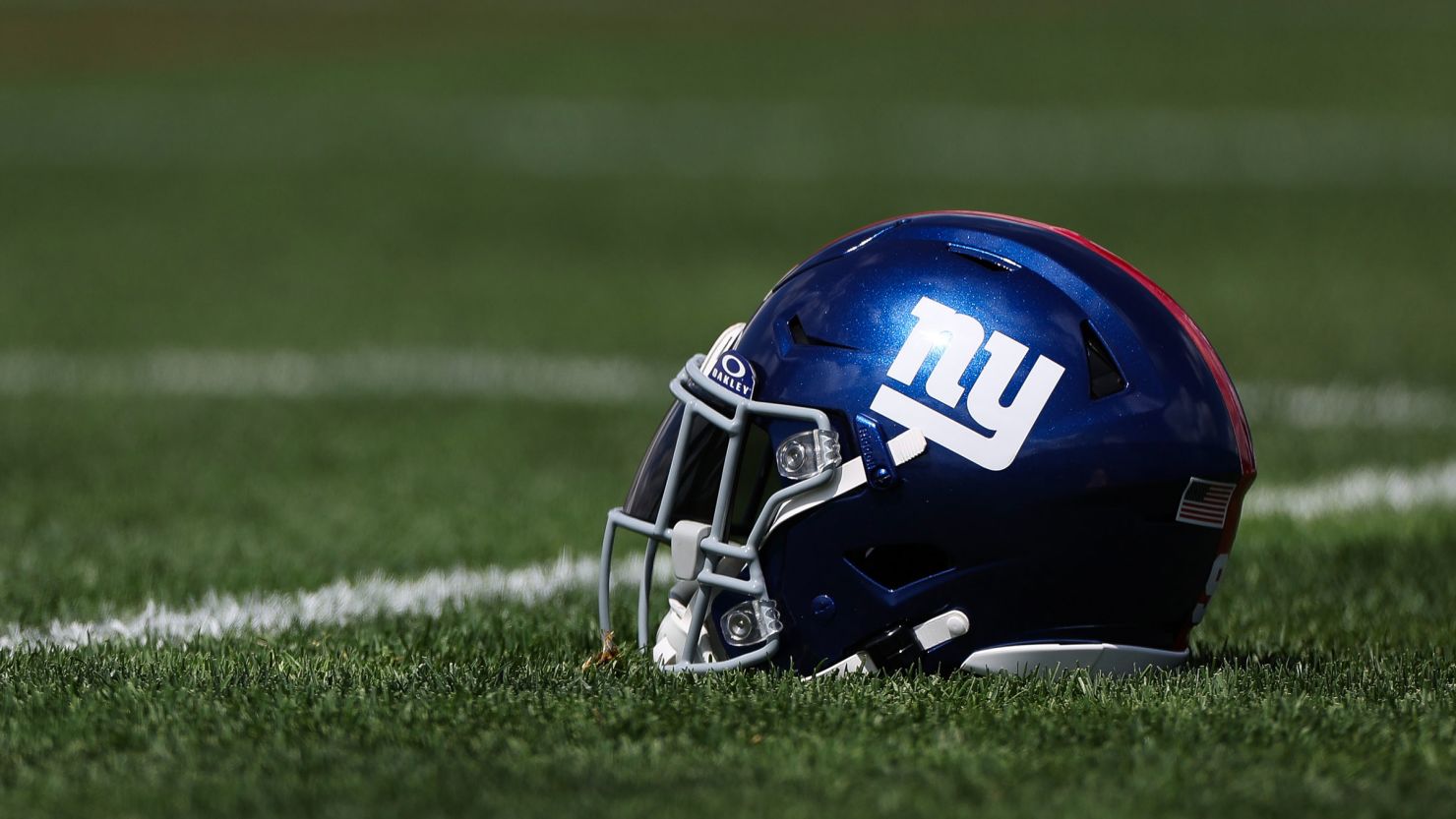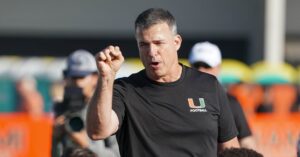The New York Giants have put together one of the more efficient off seasons in the league, strengthening their roster with impactful players while maintaining financial flexibility. Unlike many teams that manipulate the salary cap by pushing costs into the future, the Giants have yet to restructure any major contracts—at least for now.
As a result, they currently have $17.2 million in available cap space, per OverTheCap. While this provides a solid financial cushion, it may not be enough to secure one last marquee addition—unless they choose to make a strategic move.
Creating Space for Rodgers (or Wilson)
If Aaron Rodgers remains a viable target, the Giants will need to free up significant cap space. Signing the four-time MVP would likely require an annual commitment of $30–35 million, even with a creatively structured deal. While Russell Wilson would come at a lower cost, he would still require enough guaranteed money to necessitate financial adjustments.

The Giants could generate around $22 million in cap space by restructuring the contracts of Dexter Lawrence and Andrew Thomas—two cornerstone players they have no long-term concerns about. This move would push their available cap space to nearly $40 million, providing enough flexibility to acquire a top-tier quarterback while still accommodating their rookie class and maintaining in-season financial wiggle room. If needed, they could add a void year in 2026 or backload the contract, especially for a two-year deal.
General manager Joe Schoen has been patient, but he has strategically positioned the team to make a move if the right opportunity arises.
A Draft-First Strategy Remains in Play
There’s still a reasonable chance that Rodgers ends up elsewhere. If that happens, the Giants may opt to stay the course, entering the draft with Jameis Winston while focusing on a best-player-available approach. Winston’s deal guarantees him just $4 million, with another $4 million in attainable incentives—making it more of a temporary solution than a long-term commitment.
Should the Giants shift toward drafting a quarterback—whether that means selecting Shedeur Sanders at No. 3 or trading up later in the first round for someone like Jaxson Dart—having additional cap flexibility would allow them to build a stronger supporting cast around their rookie signal-caller.
Long-Term Health Looks Strong
Looking ahead, the Giants are in a strong financial position. Even after factoring in this year’s draft class, they’re projected to have $63 million in cap space for 2026. That figure will decrease as they sign their rookies and potentially extend key players like Xavier McKinney or retain others on short-term deals.
Still, it’s uncommon for a team to be this active in free agency while maintaining such financial flexibility. Whether they make one final big move or choose to hold off and preserve resources for next year, the Giants have the freedom to shape their future however they see fit.



